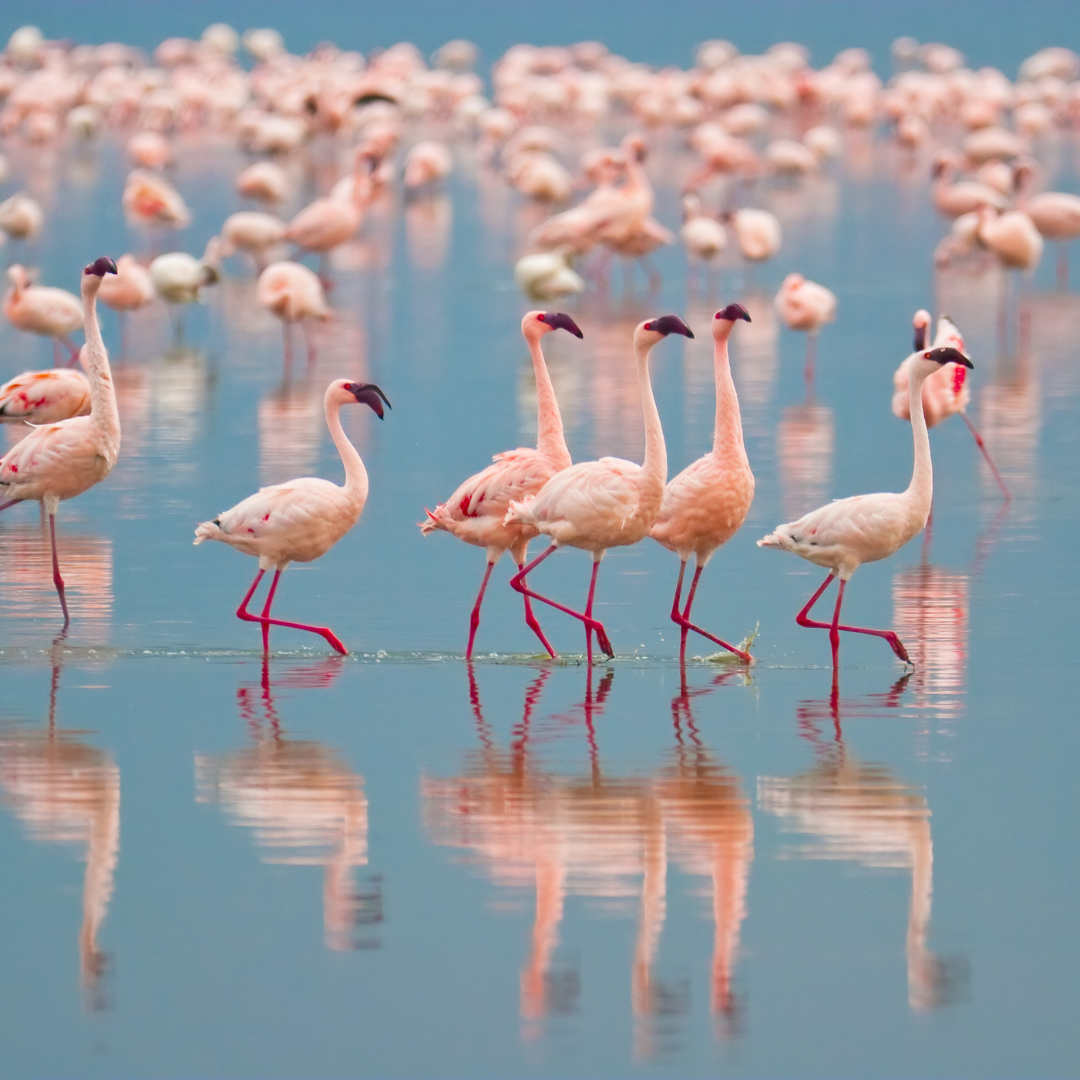Banc d’Arguin National Park: A UNESCO World Heritage Site and Birdwatcher’s Paradise

Situated on the Atlantic coast of Mauritania, Banc d’Arguin National Park is a majestic confluence of sea, sand, and life. As a UNESCO World Heritage Site, it commands global recognition, not only for its breathtaking landscapes but also as a sanctuary for countless bird species. Its vast mudflats, mangroves, and sandbanks serve as a pivotal stopover for migratory birds, making it a birdwatcher’s dream. This article ventures deep into the heart of Banc d’Arguin, unraveling its secrets and showcasing its unmatched natural splendors.
The Importance of Banc d’Arguin: Ecosystem and Biodiversity
Nestled on the Atlantic coast, Banc d’Arguin is not just a geographical marvel but an ecological powerhouse. This pristine sanctuary is where the dry embrace of the Sahara meets the refreshing tides of the ocean, forming a habitat that nurtures a plethora of species. Such biodiversity is seldom found elsewhere. The park boasts of an array of ecosystems, from sand dunes to shallow coastal waters, each teeming with life. Birds, mollusks, marine mammals, and countless microorganisms call it home, making it a significant spot for scientific research and study. The uniqueness and ecological importance of Banc d’Arguin affirm its designation as a UNESCO World Heritage Site.
Migratory Marvels: Seasonal Birding Wonders
The sky over Banc d’Arguin narrates a story of endurance, survival, and nature’s rhythm. With the changing seasons, the park witnesses a fascinating influx of migratory birds, establishing it as one of the world’s prime birdwatching locations. Birds from distant lands, including Europe and Siberia, find solace in its nurturing environment. The abundance of food and the relative safety it offers make it an ideal stopover. From the pink flamboyance of flamingos to the delicate waders skirting the shores, Banc d’Arguin becomes a theater of avian wonders, especially during the winter months.
Coastal Habitats: Mudflats, Mangroves, and Sandbanks
The varied terrains of Banc d’Arguin have cultivated unique habitats. The mudflats, rich in organic matter, cater to numerous invertebrates, which in turn become food for the visiting birds. Mangroves, with their dense root systems, form sanctuaries for juvenile fish and crustaceans. These natural nurseries, coupled with the sheltered waters, play a pivotal role in marine biodiversity. Sandbanks, emerging during low tides, become resting spots for many avian species. These distinct habitats function in harmony, ensuring the survival and proliferation of the myriad species residing in the park.
Traditional Fishing: The Imraguen Fishermen
The dance between man and nature is beautifully evident in the traditional fishing methods employed by the Imraguen fishermen. For generations, they have practiced sustainable fishing, ensuring nature’s bounty isn’t depleted. Using wooden boats and relying on age-old techniques, these fishermen have maintained a harmonious balance with the ecosystem. Their deep understanding of the tidal patterns and fish behaviors allows them to fish without harming the environment. This symbiotic relationship stands as a testament to mankind’s potential to coexist with nature without exploiting it.
Guided Tours: Exploring the Park Responsibly
Venturing into Banc d’Arguin without truly understanding its essence would be a missed opportunity. Guided tours, led by experts familiar with the park’s nuances, provide invaluable insights. They not only highlight the park’s natural wonders but also delve into its cultural and historical significance. Such tours emphasize responsible exploration, ensuring visitors minimize their ecological footprint. Whether it’s observing birds without disturbing them or understanding the local fishing traditions, these guided experiences enrich one’s visit manifold.
Conservation Efforts: Protecting the Natural Heritage
The global recognition of Banc d’Arguin’s significance has spearheaded numerous conservation initiatives. With threats like climate change and overfishing looming large, protective measures are paramount. Both local and international bodies collaborate to monitor the park’s health and implement strategies to counter potential hazards. Research projects, biodiversity assessments, and community engagements are some of the key components of these conservation efforts. The objective is clear: to preserve this natural heritage for generations to come.
Best Spots: Where to Watch and Wander
Banc d’Arguin, vast and varied, boasts of numerous spots that offer distinct experiences. Places like Cape Timiris resonate with the lively chatter of birds, especially flamingos. Iouik, with its stunning vistas, captures the essence of where the desert meets the sea. For those keen on observing local life, the fishing hubs buzzing with activity provide a unique window into the region’s culture. Each corner of the park offers something special, waiting to be explored and appreciated.
Banc d’Arguin National Park is more than just a destination; it’s a living testament to nature’s grandeur and resilience. In its dunes, waters, and skies, stories of migrations, survival, and coexistence unfold. For those seeking to immerse themselves in nature’s wonders, to witness the dance of migratory birds, or to simply find solace in a place where the desert meets the sea, Banc d’Arguin beckons. It serves as a reminder of our planet’s incredible beauty and the responsibility we bear to protect it.


